The KCPE 2015 past papers and marking schemes
1 Comment
The KCPE Past Papers 2018 in PDF
To proceed, check listing below.
English Language
Free KCPE Past Papers and Answers 2019
I know you are here because you are looking for the KCPE past papers and their answers in PDF format. Well! Well! You are on the right place and platform.
The Past papers you are seeking are downloadable below and are free and printable. To download answers, check further below or just touch here
K.C.P.E PAST PAPERS: 2012 SOCIAL STUDIES REPORT
The number of candidates that sat for the 2012 KCPE social studies increased from 766,355 in 2011 to 811,688 in 2012
Candidates General Performancecandidates ‘performance for the last four years
The following observations are made from the table above:
Syllabus coverageKCPE Social Studies Syllabus Coverage in 2012
The above table shows that the distribution of items according to the weighting of each topic in the syllabus was good. The three main topics covering a significant proportion in the syllabus were well represented: Resources and Economical activities (32%), Physical Environment (18%) and Political developments and systems 13%. Topics that are short and less emphasized in the syllabus have been given low representation: Citizenship (2%) and Democracy and Human rights (2%).
Distribution of Cognitive SkillsDistribution of cognitive Skills in The 2012 KCPE Social Studies
As shown in the table above, all levels of cognitive domain were tested. The distribution of the cognitive skills was even, based on the levels. The middle level skills had more questions; Comprehension 20%, Application 23% and Analysis 27%. The low level and high level skill had fewer questions, 10% of the total syllabus coverage.
Analysis of Performance per Item
From the above graph, the general performance per item was good. Only three items had a facility index of below 35%. Any item where the candidate scoring was below 35% was perceived as poor performance. These items are: 18(19.78%), 19(31.80%), 47(21.88%).
Questions with a facility index of 35 % and below
The items that performed poorly as per the facility index are discussed below. The discussion will focus on ideas, skills and thinking processes that the candidate might have gone through to come up with the answer. The asterisks * denotes the correct response.
Question 18:
|
||||||||||||||||||||||||||||||||||||||||||||||||||||||||||||||||||||||||||||||||||||||||||||||||||||||||||||||||||||||||||||||||||||||||||||||||||||||||||||||||||||||||||||||||||||||||||||||||||||||||||||||||||||||||||||||||||||||||||||||||||||||||||||||||||||||||||||||||||||||||||||||||||||||||||||||||||||||||||||||||||||||||||||||||||||||||||||||||||||||||||||||||||||||||||||||||||||||||||||||||||||||||||||||||||||||||||||||||||||||||||||||||||||||||||||||||
| OPTION | A* | B | C | D |
| % CHOOSING PATTERN | 31.80 | 20.23 | 24.69 | 22.01 |
| MEAN MARK | 43.72 | 32.35 | 34.83 | 35.72 |
|
|
Question 47
The main reason why petroleum products are transported using a pipeline is that it
- A. reduces the number of heavy vehicles on roads
- B. costs less than using other forms of transport
- C. protects the petrol from being stolen
- D. ensures that petrol is safe from fire.
Response Pattern
| OPTION | A | B* | C | D |
| % CHOOSING PATTERN | 19.35 | 21.88 | 10.89 | 46.57 |
| MEAN MARK | 40.39 | 38.84 | 35.46 | 35.90 |
General comments
- The general performance of the paper was good, most items behaved well in performance. Only five items were scored above 85% and five items were scored below 40%.
- There was an improvement in performance (mean 37.32) as compared to 2011 (mean 33.13) despite the increase in candidature.
- Teachers should keep up the good work and encourage the candidates to read questions carefully to avoid getting mixed up.
- Teachers should discourage rote learning, only questions that required a higher level of cognitive skills were performed poorly.
KCPE PAST PAPERS 2012 SCIENCE REPORT
GENERAL PERFORMANCE OF CANDIDATES
GENERAL PERFORMANCE OF CANDIDATES
| YEAR | 2007 | 2008 | 2009 | 2010 | 2011 | 2012 |
| NUMBER SAT | 698,367 | 688,049 | 719,376 | 739,620 | 766,712 | 811,706 |
| MEAN RAW MARK | 29.72 | 27.62 | 29.96 | 29.82 | 33.63 | 32.02 |
| STANDARD DEVIATION | 9,20 | 7.40 | 8.69 | 8.94 | 9.11 | 9.51 |
SYLLABUS COVERAGE
| SN | TOPIC | NO. OF ITEMS | PERCENTAGE |
| 1.0 | HUMAN BODY | 3 | 06 |
| 2.0 | HEALTH EDUCATION | 2 | 04 |
| 3.0 | WEATHER AND ASTRONOMY | 2 | 04 |
| 4.0 | PLANTS | 4 | 08 |
| 5.0 | ANIMALS | 6 | 12 |
| 6.0 | WATER | 3 | 06 |
| 7.0 | MAKING WORK EASIER | 4 | 08 |
| 8.0 | PROPETIES OF MATTER | 8 | 16 |
| 9.0 | ENERGY | 8 | 16 |
| 10.0 | FOOD AND NUTRITION | 4 | 08 |
| 11.0 | ENVIRONMENT | 2 | 04 |
| 12.0 | SOIL | 4 | 08 |
| TOTAL | 50 | 100 |
ANALYSIS OF PERFORMANCE IN SCIENCE ITEMS
Question with a facility Index of 30% and below
| Question Number | 12 | 28 | 49 |
|
% of candidates choosing the correct response |
25.58 | 18.75 | 19.85 |
Question 12
(i) Making the slope gentle.
(ii) Reducing the effort applied.
(iii) Changing direction of the force applied.
(iv) Reducing friction.
Which of the statements apply to a single fixed pulley?
A. (i) and (iv).
B. (i) and (ii).
C. (ii) and (iii).
D. (iii) and (iv).
Response Patterns
| OPTION | A | B | C | D* | NO ANSWER |
| % CHOOSING THE OPTION | 7.52 | 7.83 | 57.83 | 25.58 | 1.19 |
| MEAN MARK IN OTHER QUESTIONS | 22.64 | 25.19 | 33.95 | 34.78 | 26.36 |
|
|
Question 28
- A. Touching sockets with wet hands.
- B. Putting pencils in sockets.
- C. Overloading the sockets.
- D. Putting iron nails in sockets.
Response Patterns
| OPTION | A | B | C* | D | NO ANSWER |
| % CHOOSING THE OPTION | 7.16 | 61.82 | 18.75 | 11.01 | 1.2 |
| MEAN MARK IN OTHER QUESTIONS | 23.79 | 33.22 | 32.87 | 29.71 | 26.94 |
|
|
Question 49
- A. increase the growth of weeds
- B. release specific nutrients to the soil
- C. destroy micro-organism in the soil
- D. cause pollution of the soil.
Response Patterns
| OPTION | A* | B | C | D | NO ANSWER |
| % CHOOSING THE OPTION | 19.85 | 68.5 | 7.82 | 2.43 | 1.34 |
| MEAN MARK IN OTHER QUESTIONS | 36.03 | 32.06 | 24.94 | 23.58 | 26.90 |
GENERAL COMMENTS
Archives
January 2023
November 2022
October 2022
June 2022
January 2022
September 2020
May 2020
December 2019
November 2019
October 2019
September 2019
August 2019
July 2019
March 2019
Categories
All
COMPOSITION
CRE
ENGLISH
HRE
INSHA
IRE
KCPE 2004
KCPE 2005
KCPE 2006
KCPE 2007
KCPE 2008
KCPE 2009
KCPE 2010
KCPE 2011
KCPE 2012
KCPE 2013
KCPE 2014
KCPE 2015
KCPE 2016
KCPE 2017
KCPE 2018
KCPE 2019
KCPE 2021
KCPE 2022
KCPE PAST PAPERS
KISWAHILI
MATHEMATICS
PDF
QUESTION ON TOPIC: MATHEMATICS
REPORT
SCIENCE
SOCIAL STUDIES
|
Primary Resources
College Resources
|
Secondary Resources
|
Contact Us
Manyam Franchise
P.O Box 1189 - 40200 Kisii Tel: 0728 450 424 Tel: 0738 619 279 E-mail - sales@manyamfranchise.com |
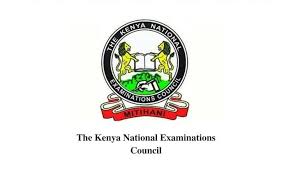

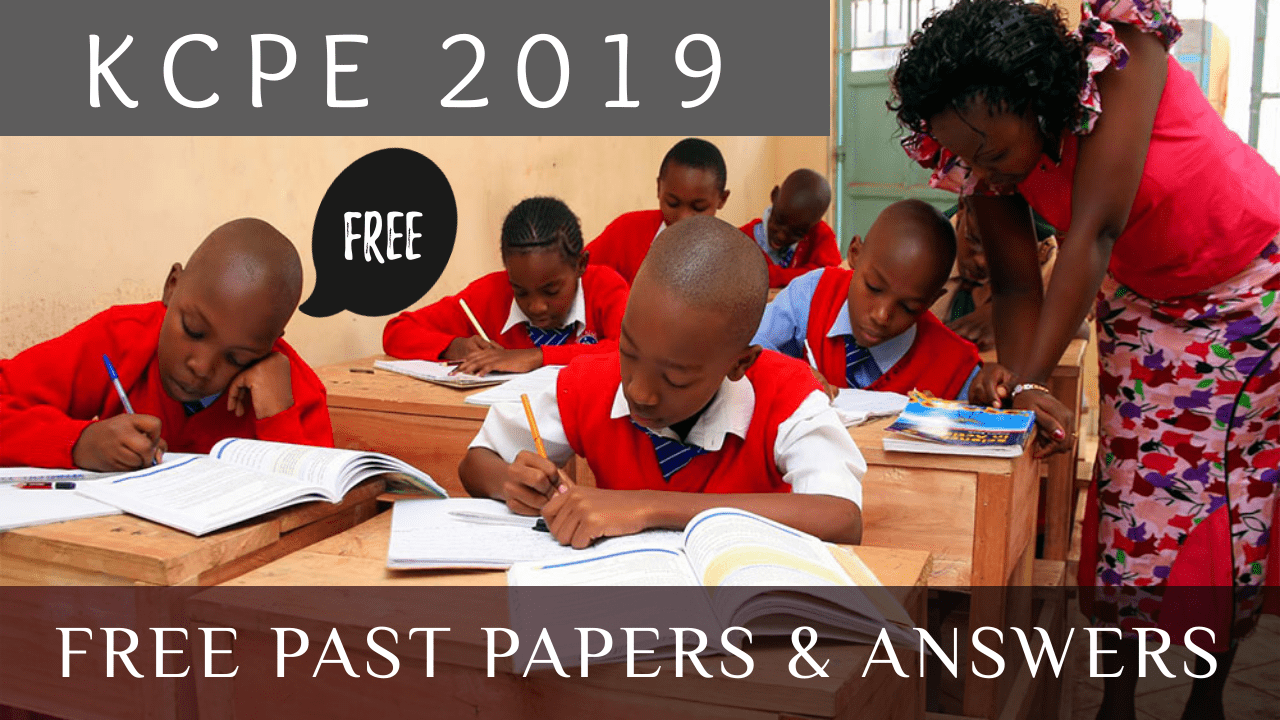
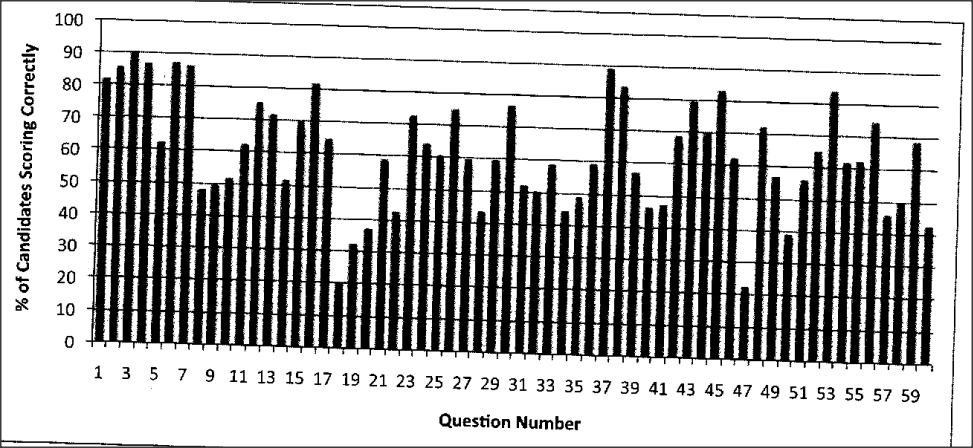
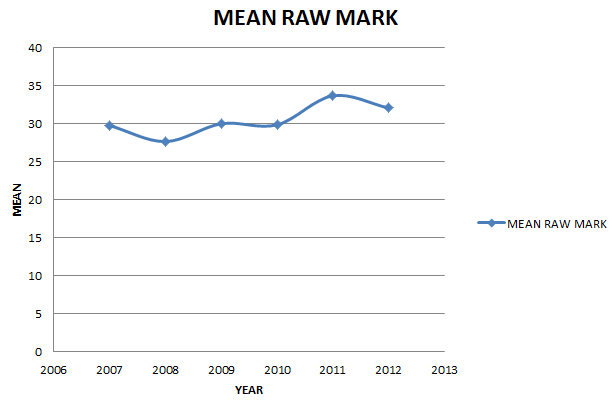

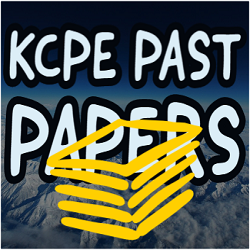
 RSS Feed
RSS Feed

